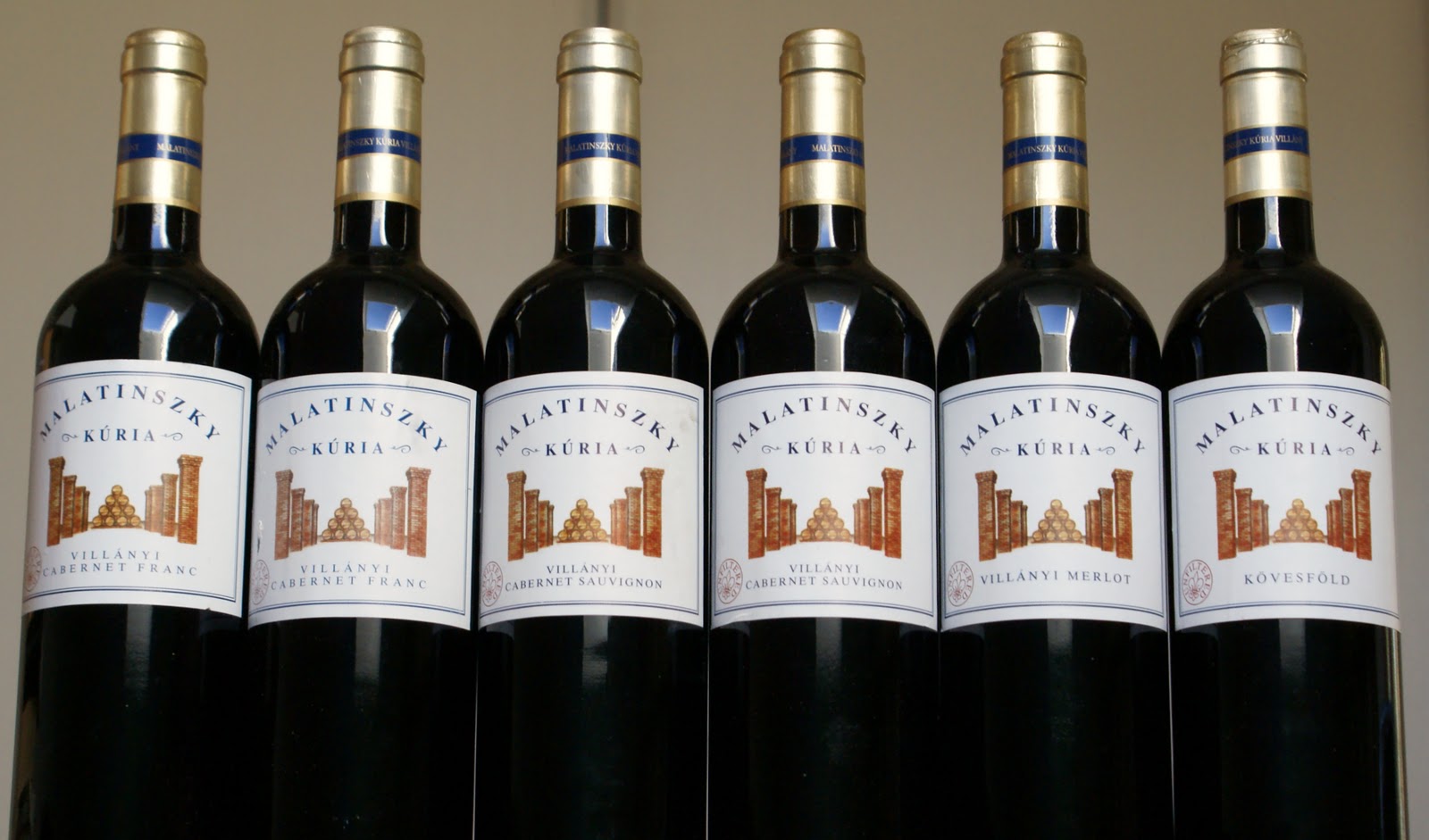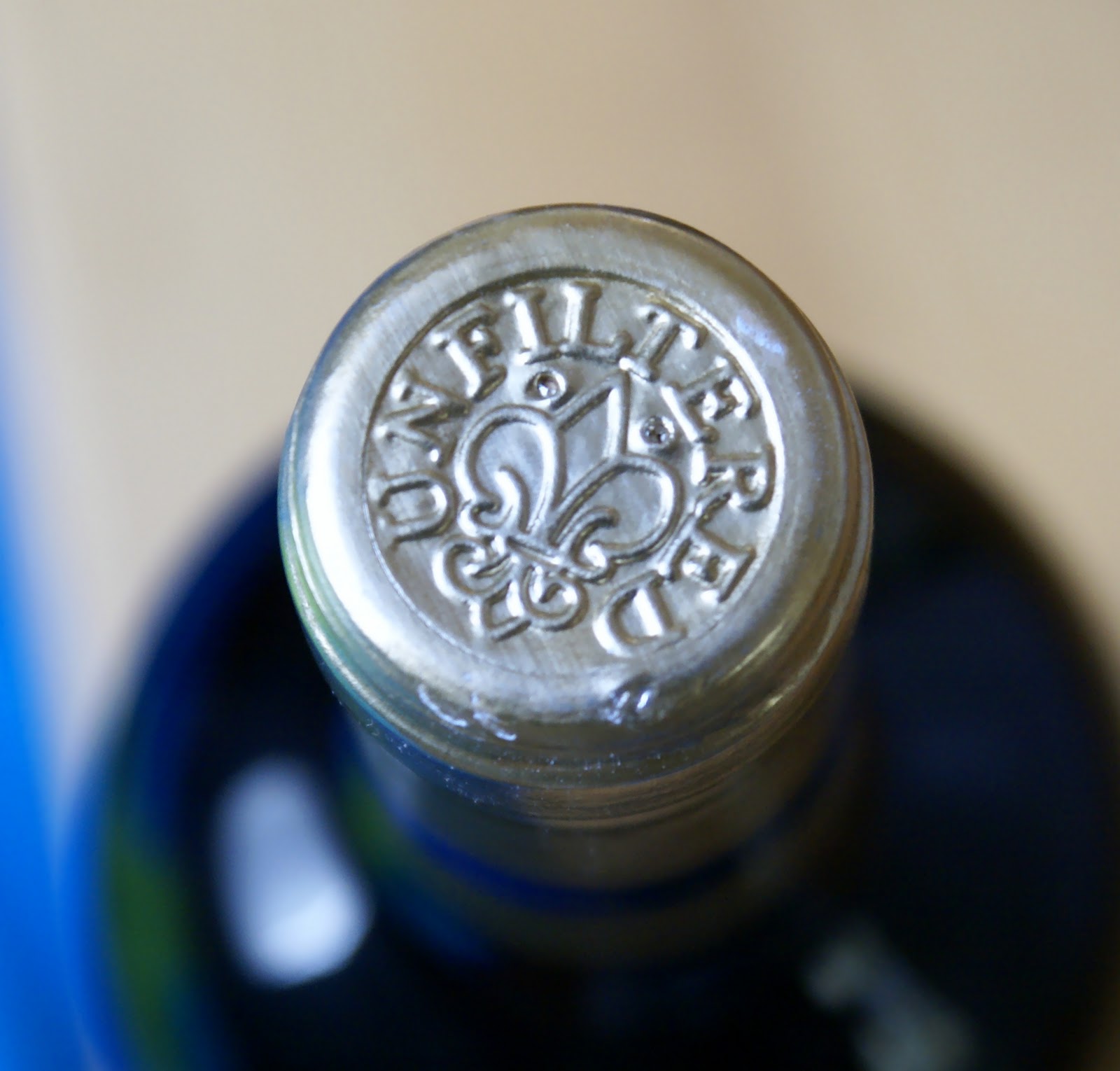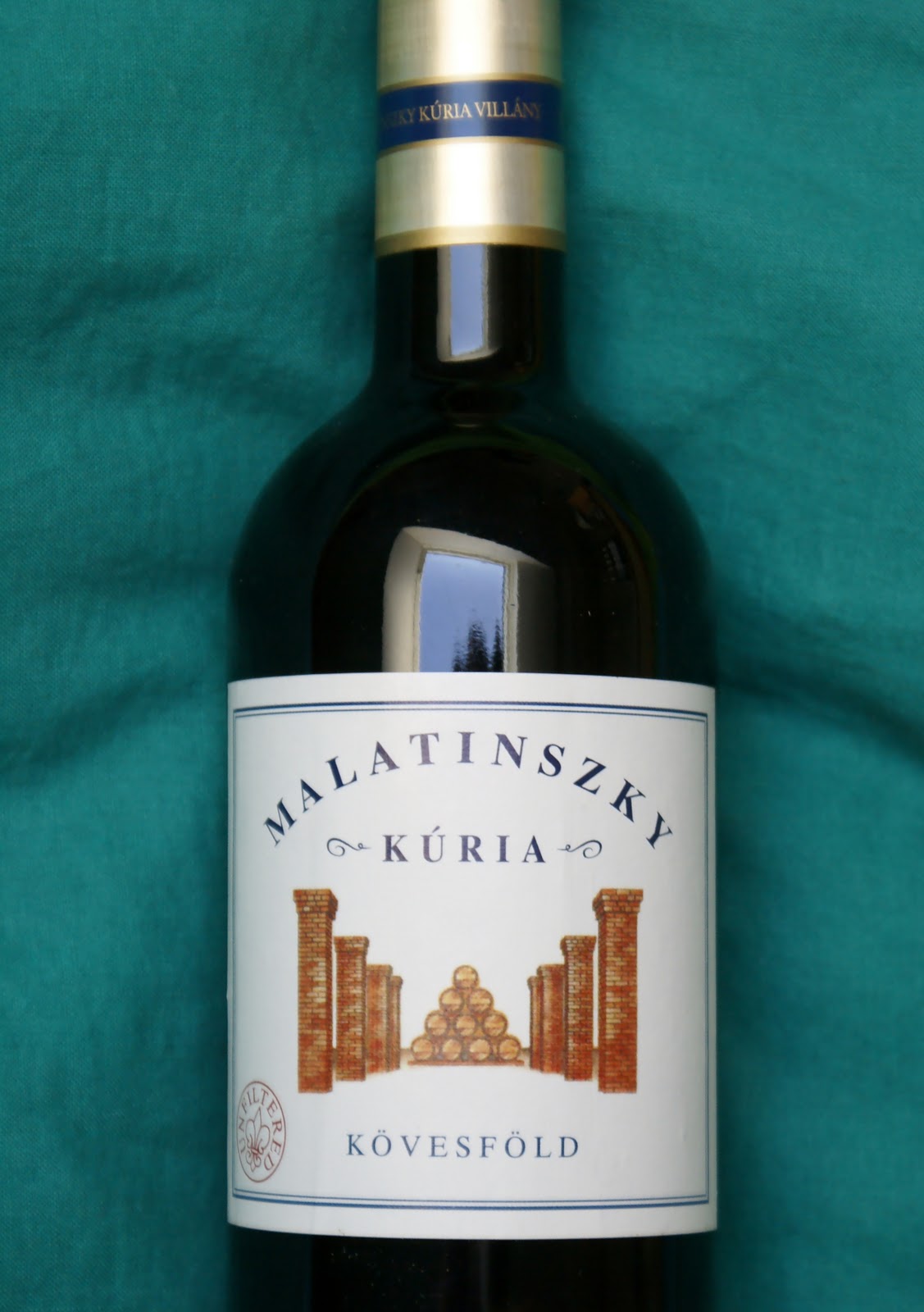The wines of Csaba Malatinszky
Posted on 7 January 2011
My critical article about expensive Hungarian red wines caused quite a stir in Hungary (you can read an animated discussion here) and has led to a lot of communication with winemakers from different regions, who took the time to tell me on e-mail how deeply wrong I was, or to offer me samples of wines to taste.
In the latter group, I was particularly pleased to be contacted by Csaba Malatinszky from Villány in Hungary’s deep south. Both because Mr. Malatinszky is one of the major figures of this important wine region, and because I have somehow never made up my mind about his production. Tasting those wines regularly since 2003, I have reached the rather inconclusive conclusion that they are: 1) representative for modern Villány winemaking in being very concentrated, very ripe and quite oaky; 2) but certainly not as exasperated as those wines I criticised in my original article; for all their XL size and omnipresent oak, I’ve always perceived Malatinszky wines to have some kind of balance; and 3) interestingly at two recent tastings (Warsaw Oct 2009 and Pannon Bormustra Jun 2010) I have preferred the lighter red Tenkes to the more ambitious red wines, because it was less oaky and creamy while showing the same high quality of fruit.
So it was with curiosity and delight that I unpacked 6 bottles from the top Malatinszky Kúria range. Here are summarised tasting notes followed by a general comment.
(This article is cross-posted in Hungarian @ A Művelt Alkoholista.)
Cabernet Franc 2007
14% alc., 1.7g residual sugar, 5.3g acids. (I’ve asked Mr. Malatinszky these details after tasting to have a bit of technical support for my impressions). An extractive, almost soupy modern Bordeaux style with reasonably good ripeness and sweetness of fruit. Voluminous and almost fat but there is good balance and the whole is not excessive. Young; not showing much varietal character at the moment. There are two layers to this wine: ripe fruit is underpinned by savoury, meaty tannins. Compared to the 2006 CF (see below) this has more poise but less fruit (at this stage), which in this ripe modern style is a high price to pay, I thought. And so perhaps a blending partner would have improved this. Surprisingly, this wine held exceedingly well for no less than 10 days in the opened bottle.
Cabernet Franc 2006
14.5% 1.8g 5.3g. Showing both a bit riper and more evolved than the 2007, minor secondary and tertiary notes, coming a bit closer to Bordeaux where the 2007 smelled vaguely super-Tuscan. The herbaceous character of CF on palate is emphasised but there is also plenty of sweetness – I think too much, on verge of a residual sugar feeling. Perhaps this will harmonise: at this time it is not very drinkable, though the extract and ripeness essentially are not excessive. Holding less well in the opened bottle. (I’ve not decanted any of these wines, preferring to retaste over several days). A solid wine nonetheless.
Cabernet Sauvignon 2007
14% 1.4g 4.7g. Firmer on the nose than the CFs, mineral, not very fruity though there’s an underlying sweetness and ripeness. The first impression on the palate is excellent, full and broad, provided you like drying oak tannins and a dense gluey mouthfeel. This needs a minimum of 4–5 years in bottle to digest the oak and tannins; at present it is overwhelming. This holds up well in the opened bottle though I never saw the fruit really come up. The tightest Malatinszky wine on this tasting.
Cabernet Sauvignon 2006
14% 1.4g 4.8g. Logically for the 2006/2007 opposition chez Malatinszky this is riper and sweeter than the above wine, with notes of blackberries and forest fruits spread, together with a minor undercurrent of CS vegetality but clearly on the extreme of ripeness for this grape; we’re closer to Colchagua (or at least Maremma) than anything I know from Bordeaux. Yet there’s a fairly decent balance on the palate, and I thought the alcohol and extract were well integrated. The fruit remains blurred at this stage but it can be trusted to become more precise with bottle age. On subsequent days I had a problem with the alcohol, but the tightness and resistance to oxidation were actually impressive.
Merlot 2007
14% 1.9g 5.3g. A varietal nose in the ripe cherries, plums, fruit soup, with a bit of clayey earthiness. Not hot, but definitely rather sweet and fat. Sweet and medium long on palate, acidity is non-existent in perception, the tannins are melted and the texture is caressing rather than punching. Later I was fighting perceptively between fruit-spready superconcentration and actually a good expression of Merlot blackberries. Lots of oak. Wait and see.
Kövesföld 2007
14% 1.5g 4.9g. This blends 70% Cabernet Sauvignon with 30% Cabernet Franc from ‘grand cru’ vineyards (60% new oak). This comes closer to the 2007 Merlot above than any of the Cabernets, being sweet, dense and soft, though obviously a bit more minerality and lead-pencilly coolness to the bouquet. Oak vanilla and clotted cream texture are firmly there, however, and there’s objectively very little freshness. It’s in the long term that this wine shows its breed, becoming the most polished and deep of the six wines on day 2, intensely fruity, full-bodied, smooth-textured; the feeling of restrained power is evident. There’s a bit of extra dimension and stuffing to the other wines here, but it will take a lot of time to develop.
These are of course very young wines, and it would be unreasonable to uncork them anytime soon (I just hope the final consumer realises this). I clearly preferred 2007 to 2006 here, due to the bit of extra freshness in 2007, and 2006s coming dangerously close to flabby in texture (the alcohol is also a bit higher).
How I would place Malatinszky in my mental panorama of Villány wines? These are obviously very modern wines, with plenty of concentration, extract, ripeness, oak and what else. If they are showing any finesse today it is only potentially, and I can’t say those Malatinszky Kúria bottlings are very drinkable. But they are showing a meticulous care in winemaking (there’s not all that much new oak, and the barrels are apparently 500 liters rather than 225) and although every wine I tasted was on the limit, I can’t say any is really too alcoholic or extractive; there’s no mad chasing after overripe flavours like in the Bock wine I described in my original article. It’s a very modern sexy plush-textured no-hard-edges balance, but it is balance.
Interestingly the references that were coming to mind, as mentioned, were modern Bordeaux, Tuscan Bordeaux blends, and the occasional New World Cabernet. It’s clear these wines are in a different league than some of the very provincial overblown blockbusters that abound in Villány and other regions of Hungary.I’d be happy to retaste these in five years’ time to see how they develop; for the time being I’m going to open my only bottle of the lighter 2007 Tenkes blend (Cab–Merlot) that is really a delicious food wine.
Disclosure
All wines provided as tasting samples by the producer.




